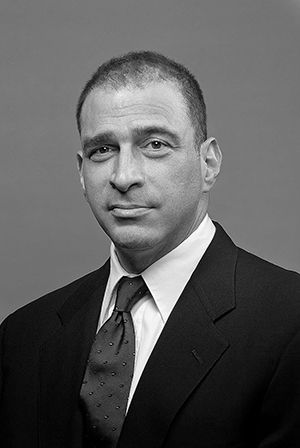2 years ago, PBS Newshour interviewed Economist David Cutler. He describes three reasons why healthcare is so expensive:
- The administrative costs of running our health care system are astronomical. About one quarter of health care cost is associated with administration, which is far higher than in any other country.
- The United States spends more than other countries do on many of the same things. This amounts to 10 – 15% of health care costs.
- Americans receive more medical care than people do in other countries, not so much in terms of doctor visits, but if a person has a heart attack in the United States, they’re much more likely to get open heart surgery than they are in most other countries.
Cutler then summarizes:
Technology is the underlying driver and there will always be some of that, which is why health care will not be like other industries in terms of always, always going down in price.
On the other hand, there’s so much waste in the system — our best guess is that about a third of medical spending is not associated with improved outcomes — {and} that for the next 15 to 20 years people believe that costs could be stable or falling as a share of the economy without cutting into necessary services — just by eliminating the things that are not necessary…
His concluding advice is to allow the system and patients to find a way to bargain: In the case of a knee replacement we might say, “We’ll pay only a fixed amount for a knee replacement. We’ve determined that high quality knee replacement can be had for $8,000 nearby you. So we’ll give you $8,000. Now if you want to go to someone else who charges $20,000, fine, but you’re gonna pay the extra $12,000.”
In 2013, Michael Bell wrote a Forbes column entitled “Why 5% of Patients Create 50% of Health Care Costs in which he reported on healthcare costs in the last year of life: 30% of all Medicare expenditures are attributed to the 5% of beneficiaries that die each year, with 1/3 of that cost occurring in the last month of life. I know there are other studies out there that say slightly different things, but the reality is simple: we spend an incredible amount of money on that last year and month. Is it worth it? The answer seems to be no.
In particular, we can look at “How Doctors Die” published by The Saturday Evening Post in 2013: Of course, doctors don’t want to die; they want to live. But they know enough about modern medicine to know its limits. And they know enough about death to know what all people fear most: dying in pain and dying alone.
They’ve talked about this with their families. They want to be sure, when the time comes, that no heroic measures will happen—that they will never experience, during their last moments on earth, someone breaking their ribs in an attempt to resuscitate them with CPR (that’s what happens if CPR is done right).
He continues with: The patient will get cut open, perforated with tubes, hooked up to machines, and assaulted with drugs. All of this occurs in the Intensive Care Unit at a cost of tens of thousands of dollars a day. What it buys is misery we would not inflict on a terrorist. I cannot count the number of times fellow physicians have told me, in words that vary only slightly, “Promise me if you find me like this that you’ll kill me.” They mean it. Some medical personnel wear medallions stamped “NO CODE” to tell physicians not to perform CPR on them. I have even seen it as a tattoo.
One would think that this data would influence our decisions on how to “measure” quality of life – the economists and mathematicians have certainly done the background work – and the ethicists & our Clergy have given us their counsel – but we continue to spend our last dollars on fruitless and hurtful actions that create power & wealth for “takers”.
40% of healthcare costs are entirely avoidable by taking the business motive out of the healthcare arena. An enormous proportion of the remaining 60% (perhaps ⅓ of the entire sum) is spent in the last year of life in ways that do not add to quality or comfort. Those who know best about the horror of that system seem to have an overwhelming consensus that end-of-life care should be for quality & comfort – not in a fruitless struggle to grab every last second (or dollar) that might remain.
About the Author

Steve Best, M.D. is Board Certified in Psychiatry, and completed a 2-year sub-specialty Fellowship in Neuropsychiatry of Children and Adults at Chicago Medical School. His professional interests are
- treatment resistance (for mood, pain, stroke, dementia, concussion),
- disorders of learning/learning disability/developmental disorders.
His medical degree was earned at University of Cincinnati. His Chicago Medical School Fellowship mentors were Michael Alan Taylor M.D as Chairman of Psychiatry & Dragomir Michael Vuckovich M.D. as Chairman of Neurology. During the fellowship he was trained in the application of functional brain imaging (PET) to Neuropsychiatry by Malcolm Cooper, M.D. and also provided Neuropsychiatric Consultations at Ann Kiley Center in North Chicago IL (a State of Illinois facility for the subset of Developmentally Disabled adults who suffer with severe behavior or psychiatric disorders). He also worked with a large Inpatient Child & Adolescent Psychiatry Group Practice. Later he was bequeathed with Dr. Vuckovich’s pediatric neurology practice, established 50 years ago, and expanded it in multiple ways. These assets have enabled him to provide the highest level of neurological and psychiatric care to child and adult patients suffering from complex illnesses or high-comorbidity disorders.









